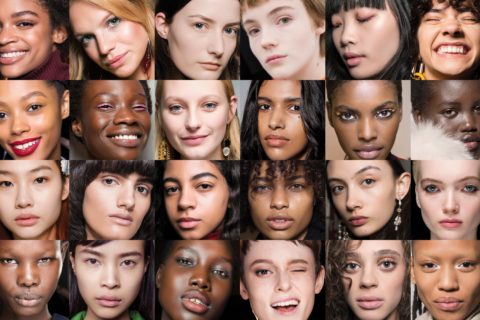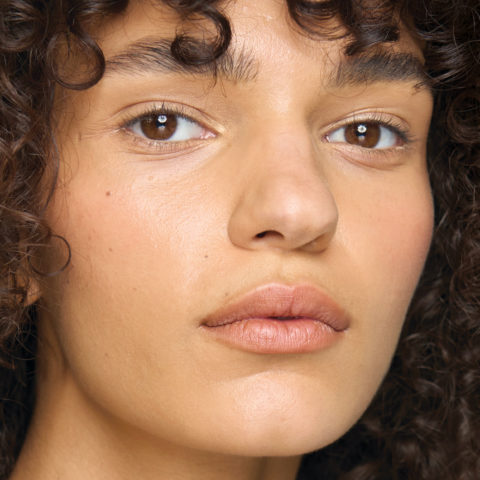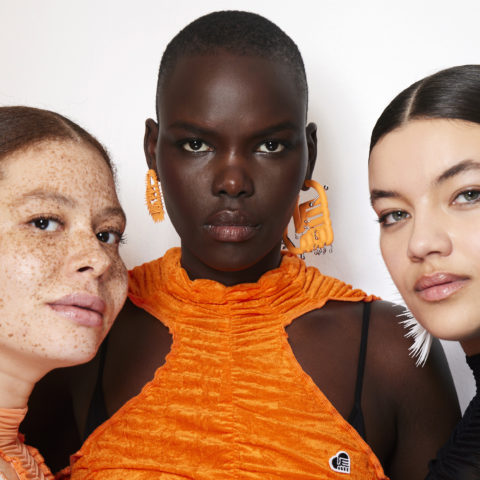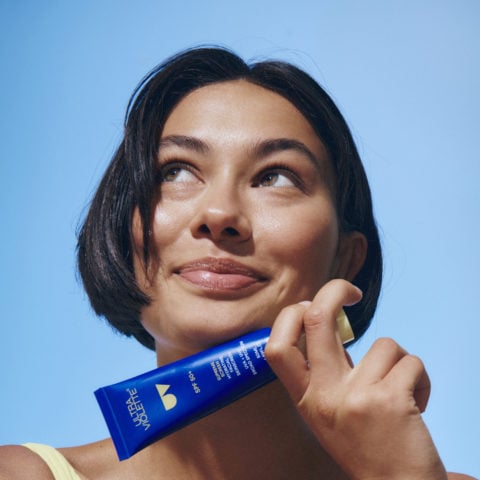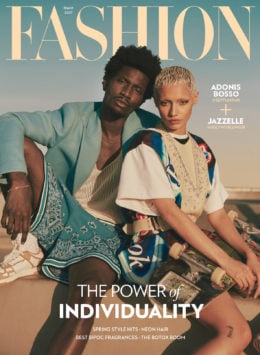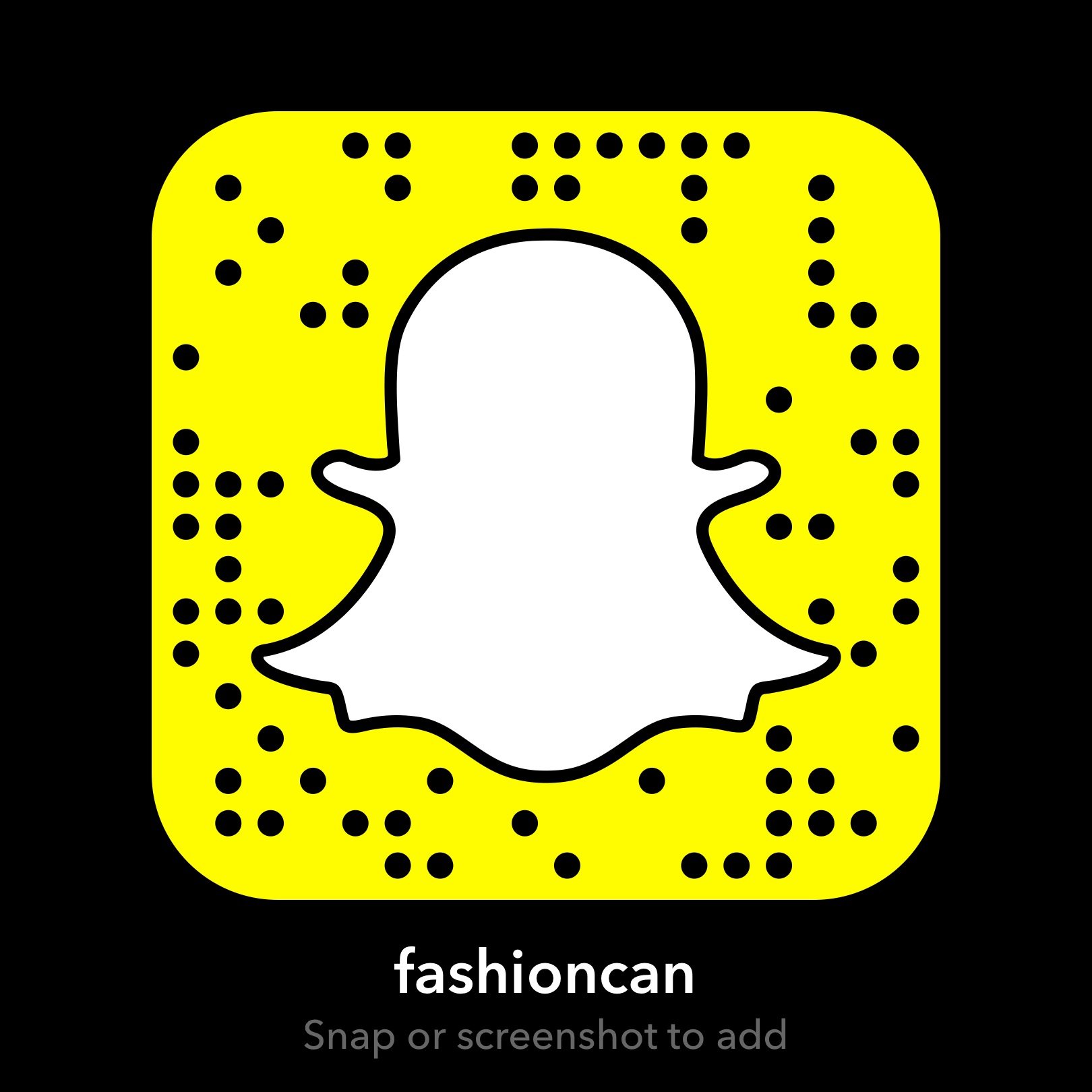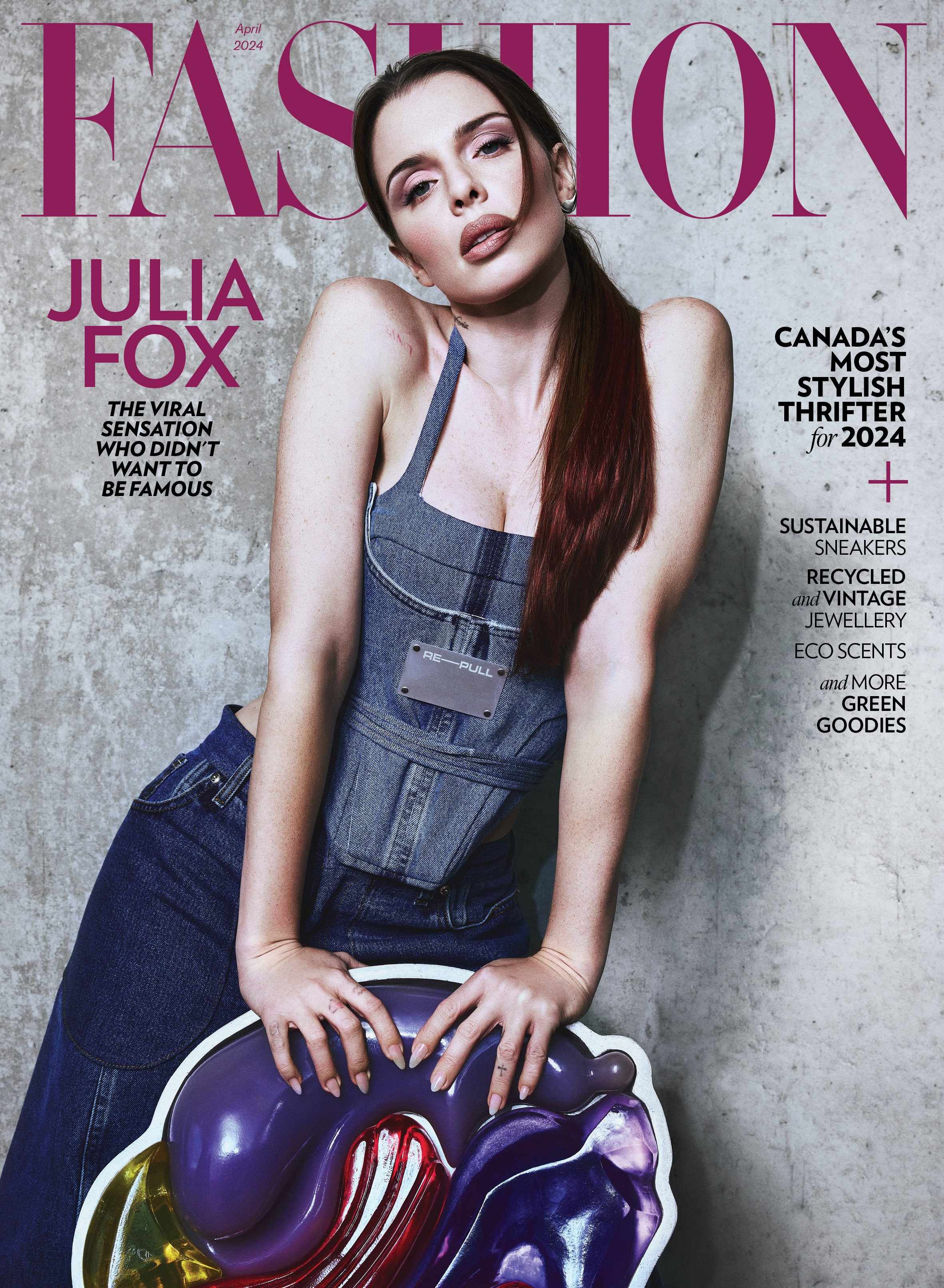As Rihanna’s Fenty Effect Sets New Standards, Why Do Some Brands Still Refuse to Create Wider Shade Ranges?
Following the launch of Fenty Beauty, many brands quickly expanded their foundation shade range to compete, but not everyone got it right.
When Rihanna launched Fenty Beauty last year—offering 40 shades of foundation for all skin tones right off the bat—the brand experienced immediate, staggering success. (In its first 40 days, it brought in $100 million in sales.) The singer’s star power and the fact that she was the first woman of colour with that level of fame to launch a globally accessible makeup line with the concept of inclusivity at its core resonated well with the masses.
Propelled by her own struggle with shade matching, Rihanna wanted to ensure that the line would address everyone’s needs. “I’ve had my makeup done thousands of times, and when it comes to foundation, you just never know how it’s going to turn out,” she said in an interview with Time as part of its Best Inventions of 2017 roundup. “It was important that every woman felt included in this brand. We are all so different, with our own unique skin tones.”
“It was important that every woman felt included in this brand. We are all so different, with our own unique skin tones.”
Other cosmetics companies quickly followed suit, expanding their ranges to include a consumer base that had been overlooked: people of colour. “What a lot of brands do is for the white North American woman,” says Vic Casale, chief innovation officer at Cover FX, a brand that has long carried inclusive foundation lines. Casale says that often only 15 shades will be offered because it’s known they’re going to sell. “For black women, brands offer very few.”
“What a lot of brands do is for the white North American woman,” says Vic Casale, chief innovation officer at Cover FX, a brand that has long carried inclusive foundation lines. “For black women, brands offer very few.”
Even drugstore brands hopped on board. CoverGirl recently teamed up with Issa Rae for the launch of TruBlend Matte Made Foundation—an extension of its original TruBlend line—which offers 40 shades in an effort to make inclusive beauty more affordable. But while Rihanna may have made 40 the new normal, Fenty Beauty wasn’t the first to cater to a variety of skin tones. In addition to Cover FX, other mainstream brands, like Estée Lauder (which used to offer 42 shades of its Double Wear Foundation but has just increased that number to 56), Maybelline New York (whose Fit Me Foundation comes in 40 shades) and M.A.C (Studio Fix Fluid comes in 42 shades), have long offered wide ranges. To stay competitive, Dior and Lush recently upped their ranges to 40 and NYX now offers 45.
Companies are being closely watched via social media, where consumers are weighing in on their every move. Beautyblender, a brand that revolutionized how we apply makeup, recently made a “beauty blunder” after entering the foundation category. Though it offers 32 shades, social media users quickly noticed that the collection seemed to cater primarily to light and medium skin tones, with only four shades available to match deeper complexions. Similarly, Tarte Cosmetics issued an apology in January 2018 after releasing its Shape Tape Foundation, which featured only three options for brown skin tones out of a total of 15 shades. And It Cosmetics got into hot water when its Bye Bye Foundations, which featured 12 shades, had only three available for people with dark skin.
Companies are being closely watched via social media, where consumers are weighing in on their every move. Beautyblender, a brand that revolutionized how we apply makeup, recently made a “beauty blunder” after entering the foundation category.
Yet having a broad range of shades isn’t seen as necessary by all beauty industry experts. “I believe in the right colours,” says makeup artist Charlotte Tilbury. Currently, Tilbury’s eponymous brand has two foundation lines: Magic Foundation and Light Wonder. They have 15 and 10 shade options, respectively. Tilbury says she focuses on the quality of the undertones, which she says are the key to finding the perfect match.
The rules of undertones are simple: If the veins in your wrist are green, you likely have warm undertones and should look for foundations with yellow undertones. If your veins are blue, you need cool foundations with red undertones. If your veins are somewhere in between blue and green, and you can’t really distinguish any pink or yellow in your skin, your undertones are probably neutral and foundations with gold undertones are a safe bet.
Casale, however, has a different solution for finding the perfect shade, and it involves a rule of three. “The darkest is N120,” he says. “It’s very organized. If you go from N0 to N10, it’s 3 per cent darker. If you go from N10 to N20, it’s another 3 per cent darker.” This 3 per cent is about the most the untrained eye can discern when it comes to a difference in colour, so Casale believes that this method is absolutely necessary. “Our system allows each person to find their shade.”
“Consider the women who have been excluded from all facets of the industry. Hire more people of colour on the corporate side to be able to make decisions and create these dialogues.”
Despite the efforts being made to usher the beauty industry into a new era, there’s still a long way to go before a fair number of options are offered across the board. Melayna Williams, director at Rights Advocacy Coalition for Equality, strongly believes that until both sides of the beauty world are diverse, little will change. “Consider the women who have been excluded from all facets of the industry,” she says. “Hire more people of colour on the corporate side to be able to make decisions and create these dialogues.” (See again: the Fenty effect.) Still, it’s important to note what the industry is now getting right.
Myles Sexton, a trainer at Kendo, Fenty Beauty’s parent company, says that he’s seeing more and more launches that focus on beauty for all, giving a voice to people who have not had one before. “Imagine how it feels to see yourself in a beauty ad,” he says. “Beauty is so global now that all [people] need to be taken into consideration.”

